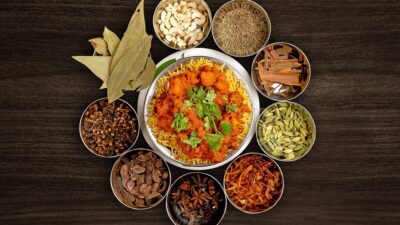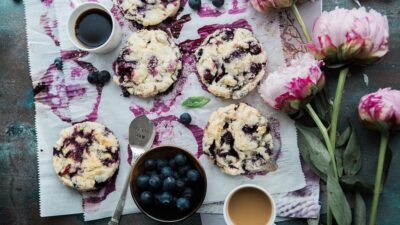In the digital age, food photography has become an essential part of sharing culinary experiences. As social media continues to grow, so do the expectations surrounding food aesthetics. Whether you’re a budding food blogger or just want to impress your friends with delicious snapshots, elevating your food photography can make all the difference. Here are some tips to help you create stunning bite-sized beauty that pops off the screen.
1. Lighting is Key
Natural Light Rules
The best food photos often take advantage of natural light. Position your dish near a window where soft sunlight can illuminate it without harsh shadows. Early mornings or late afternoons provide the best lighting conditions. Avoid direct sunlight, as it can create unflattering glare.
Experiment with Artificial Light
If you’re shooting indoors without much natural light, consider using soft box lights or ring lights. Adjust the brightness and distance to avoid overexposure while ensuring your dishes remain vibrant and inviting.
2. Composition Matters
Rule of Thirds
Utilize the rule of thirds to create a balanced shot. Imagine your frame is divided into nine equal parts by two vertical and two horizontal lines. Place your food item along these lines or at their intersections for a more visually appealing composition.
Layer and Stack
Don’t be afraid to play with height and layers. Stack pancakes, layer desserts, or arrange ingredients artistically to add depth to your photos. This approach can draw the viewer’s eye and create an alluring focal point.
3. Use Props Wisely
Enhance, Don’t Overwhelm
Props like plates, utensils, linens, and background elements can enhance your food photos. Choose items that complement the dish without overwhelming it. A rustic wooden table or elegant china can elevate the overall aesthetic.
Textures and Colors
Incorporate contrasting colors and textures to make your images pop. For instance, a bright salad on a dark plate or a creamy dessert against a wooden backdrop can create stunning visual contrasts.
4. Focus on Details
Close-Ups
Capture the intricate details of your dish. Zoom in on textures like bubbling cheese, dripping sauces, or flaky pastry layers. Close-ups can create a sense of intimacy and entice the viewer’s palate.
Tidy Up
Ensure that your plate is clean and free from drips or smudges. Small details matter, and a polished presentation can enhance the appeal of your food photos. Always strive for a visual feast that looks as good as it tastes.
5. Styling and Plating
Think Like a Chef
Plating is an art form. Take cues from professional chefs by arranging your food thoughtfully. Use heights, colors, and shapes to create visually stunning plates that tell a story.
Garnish Smartly
Fresh herbs, edible flowers, or a drizzle of sauce can be excellent finishing touches. However, sparingly use garnishes to avoid cluttering the plate. The goal is to draw attention to the main dish.
6. Edit with Care
Basic Editing Techniques
After capturing your images, use photo editing apps like Lightroom or Snapseed to adjust brightness, contrast, and saturation. Minor tweaks can enhance the vibrancy of colors and improve overall appeal.
Maintain Authenticity
While editing can enhance aesthetic appeal, avoid overdoing it. Keeping the image true to the food will maintain authenticity, ensuring that viewers know what to expect when they try your recipe.
7. Tell a Story
Context is Crucial
Your photos should convey more than just what’s on the plate. Show the atmosphere of the setting or the joy of sharing food with loved ones. Context can evoke emotions that enhance the story behind the dish.
Capturing Movement
Photographing moments can add life to your pictures. Whether it’s someone pouring syrup over pancakes or pulling a slice of pizza, capturing action can provide dynamism that still shots lack.
Conclusion
Bite-sized beauty is not just about how food looks; it’s about inviting your audience into your culinary world. By mastering lighting, composition, and styling, and by focusing on details and editing, you can elevate your food photography from simple snapshots to works of art. So grab your camera, explore with these techniques, and let your dishes shine like the culinary masterpieces they truly are!



